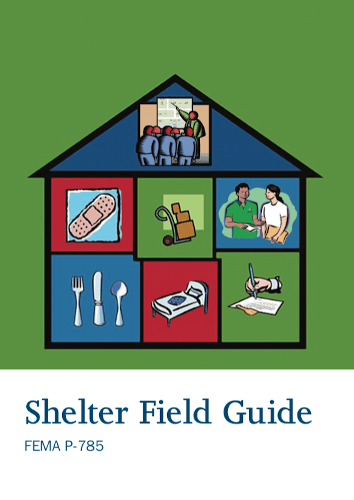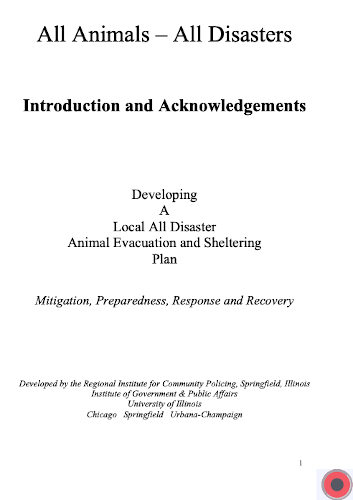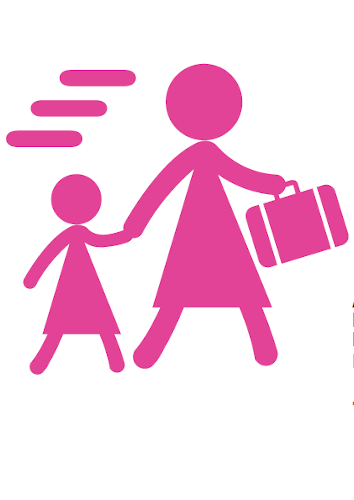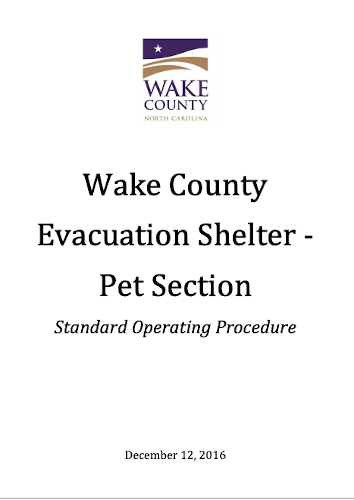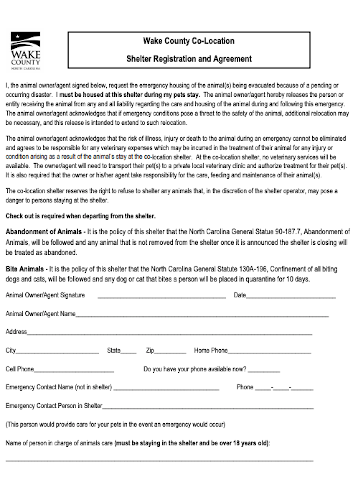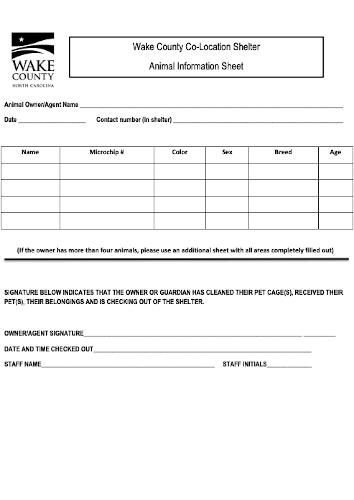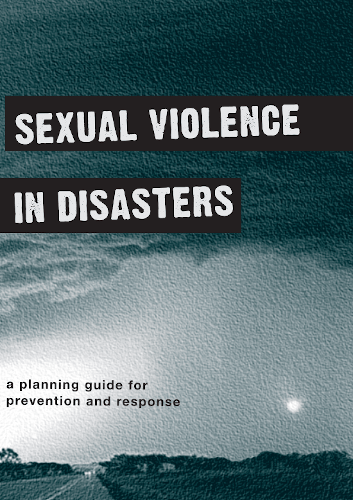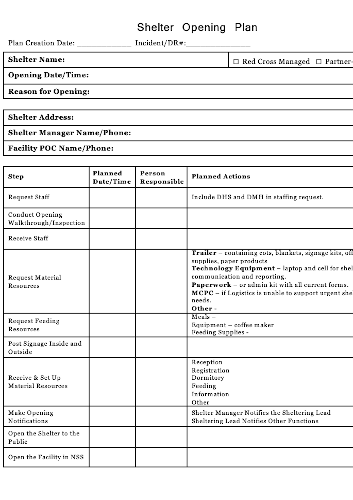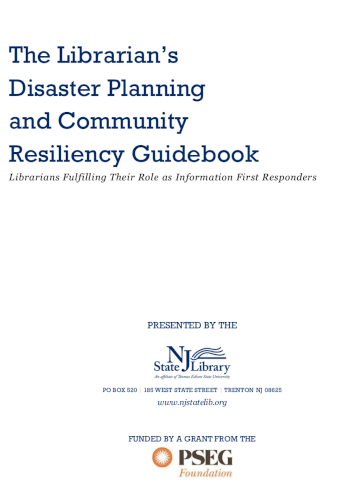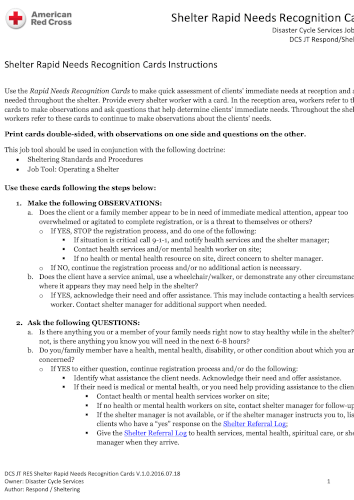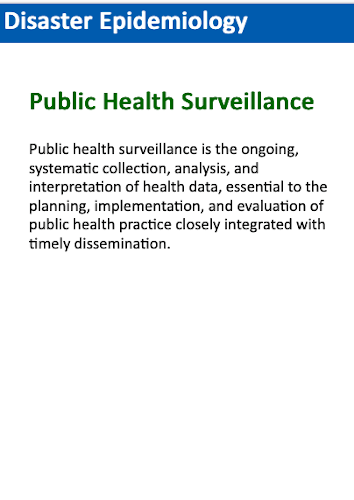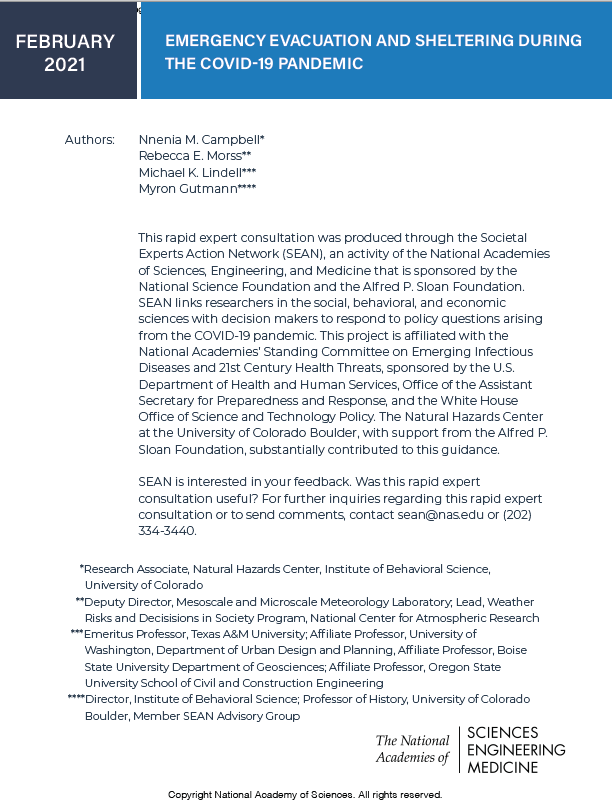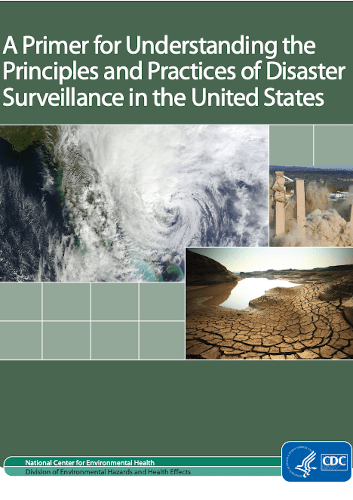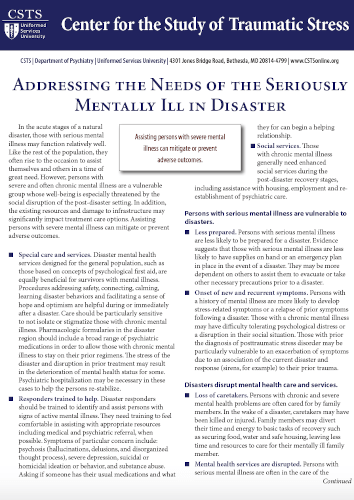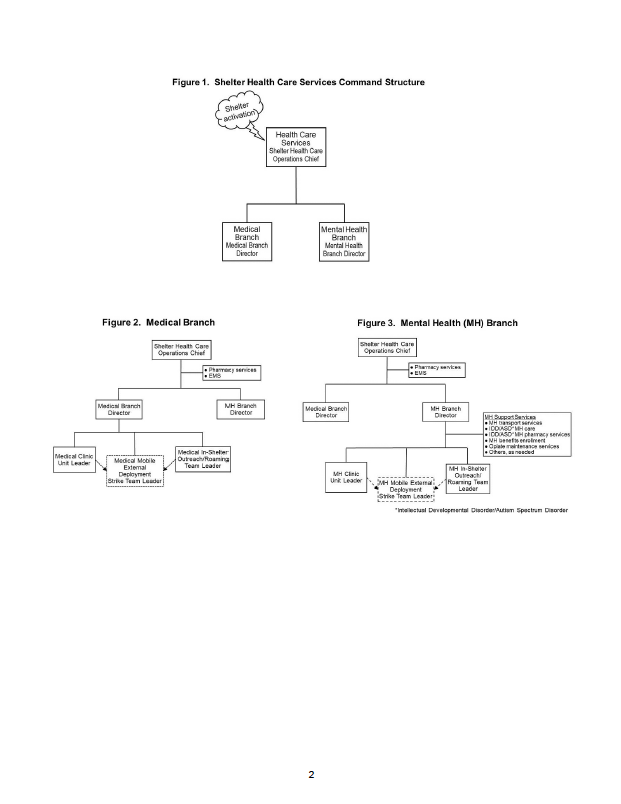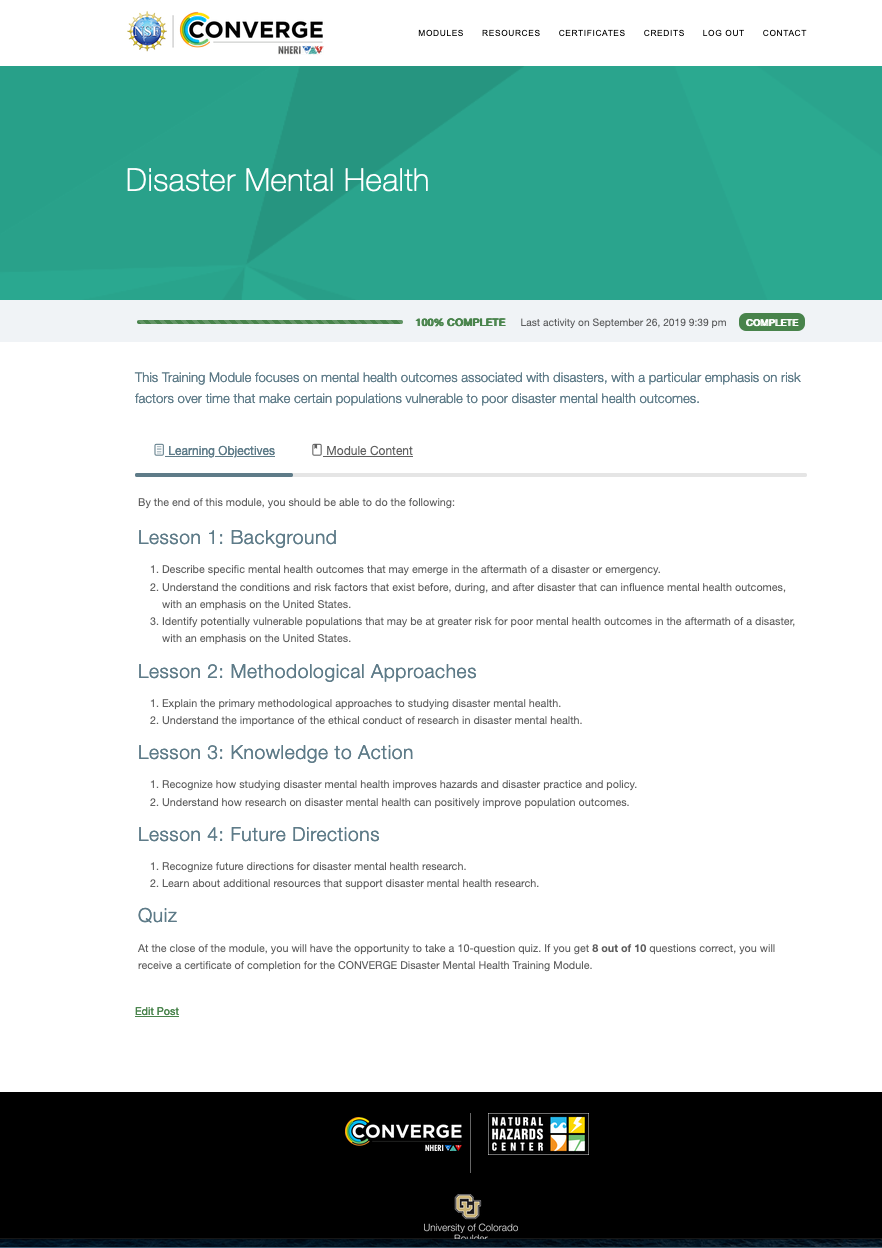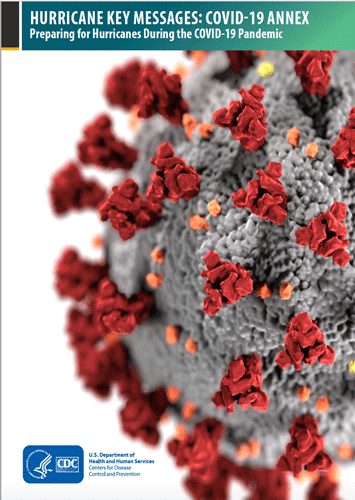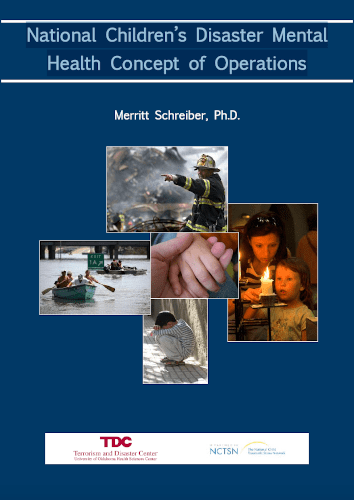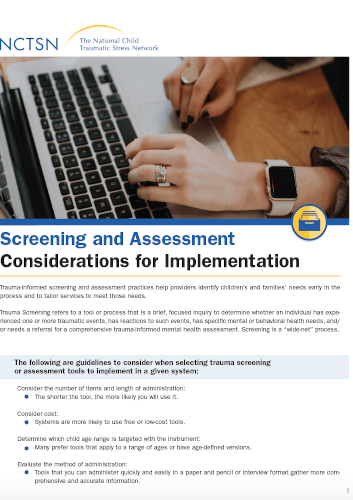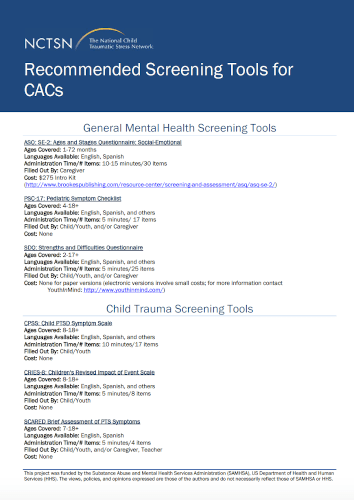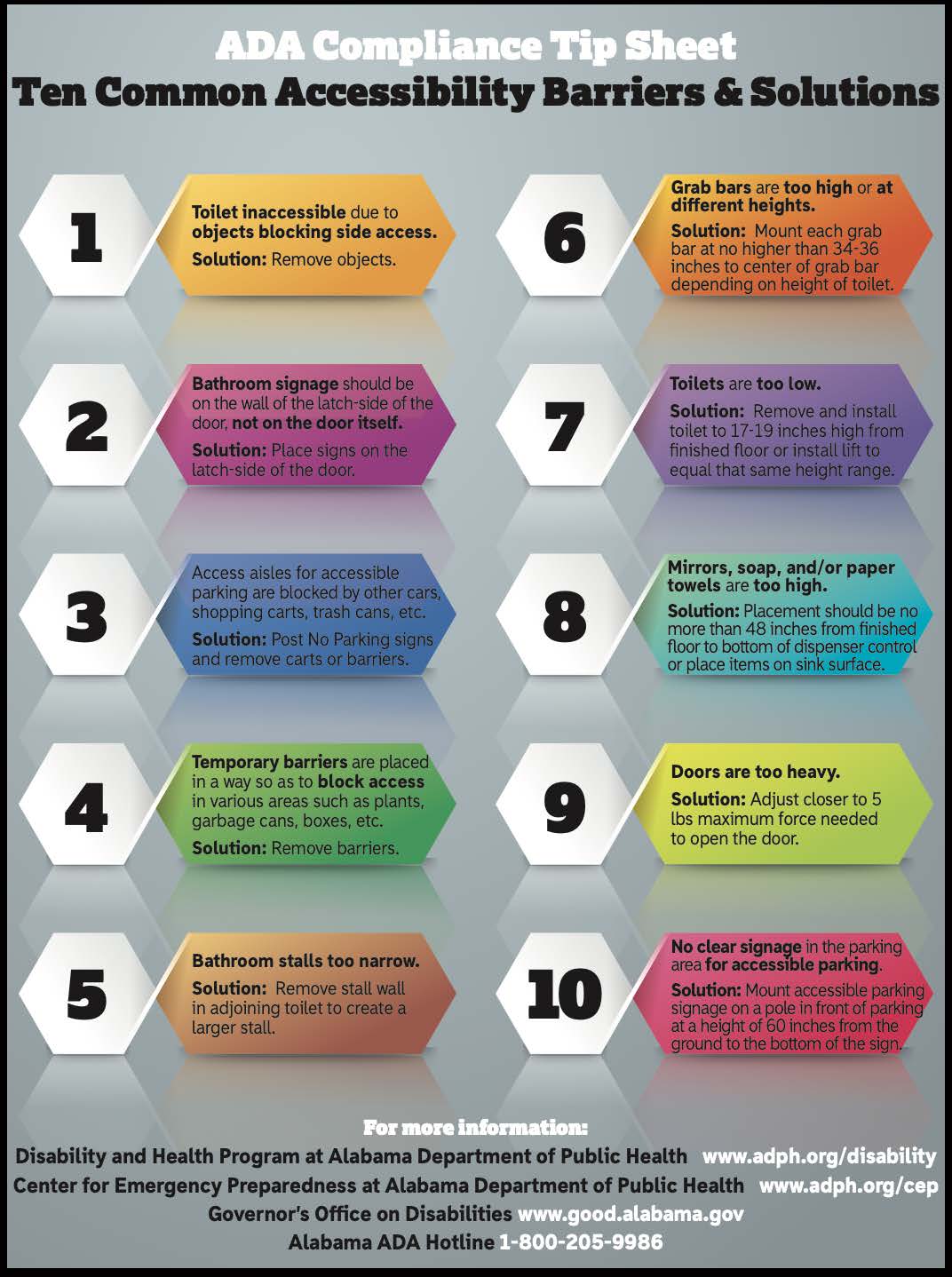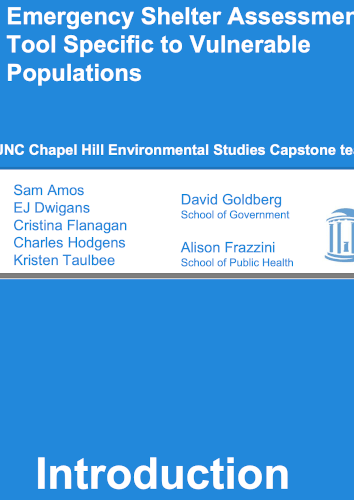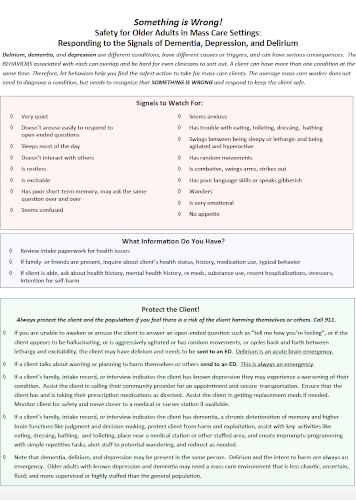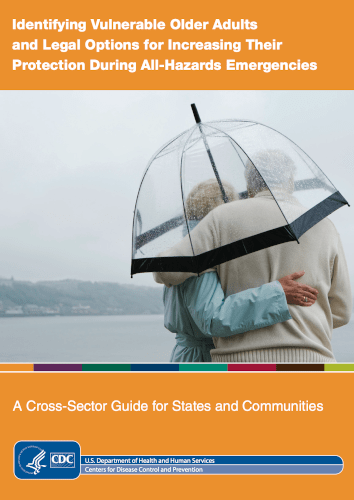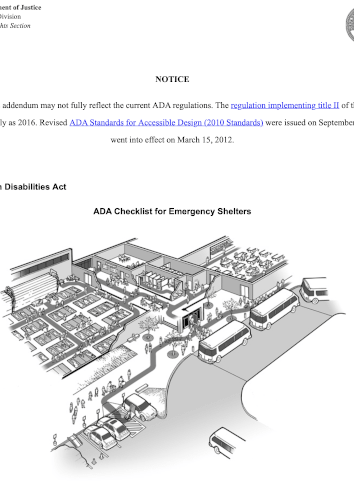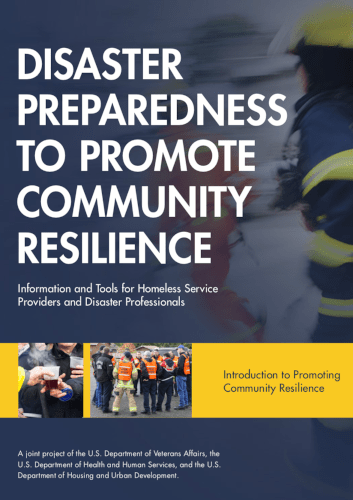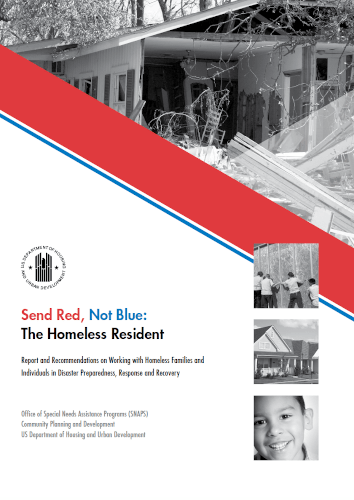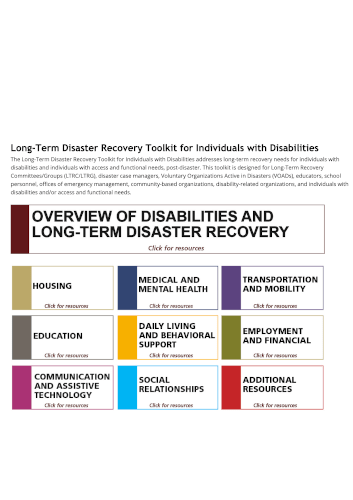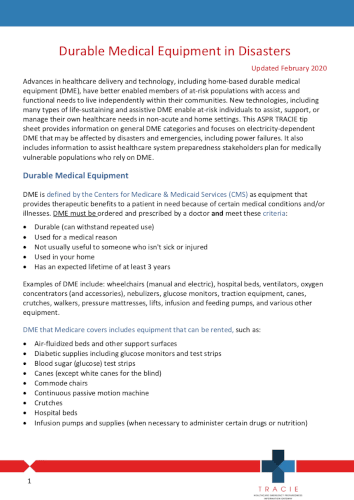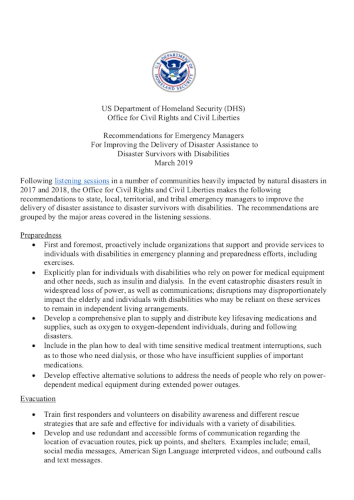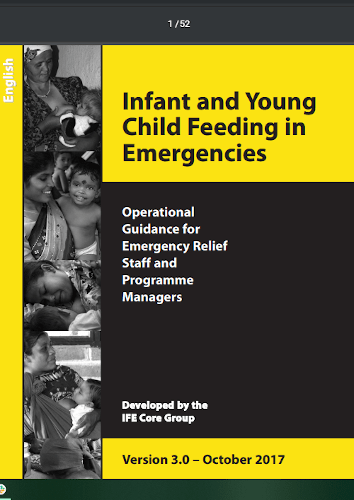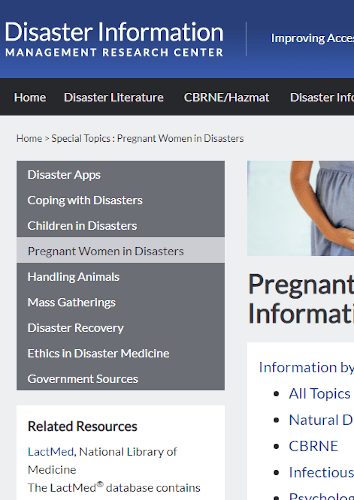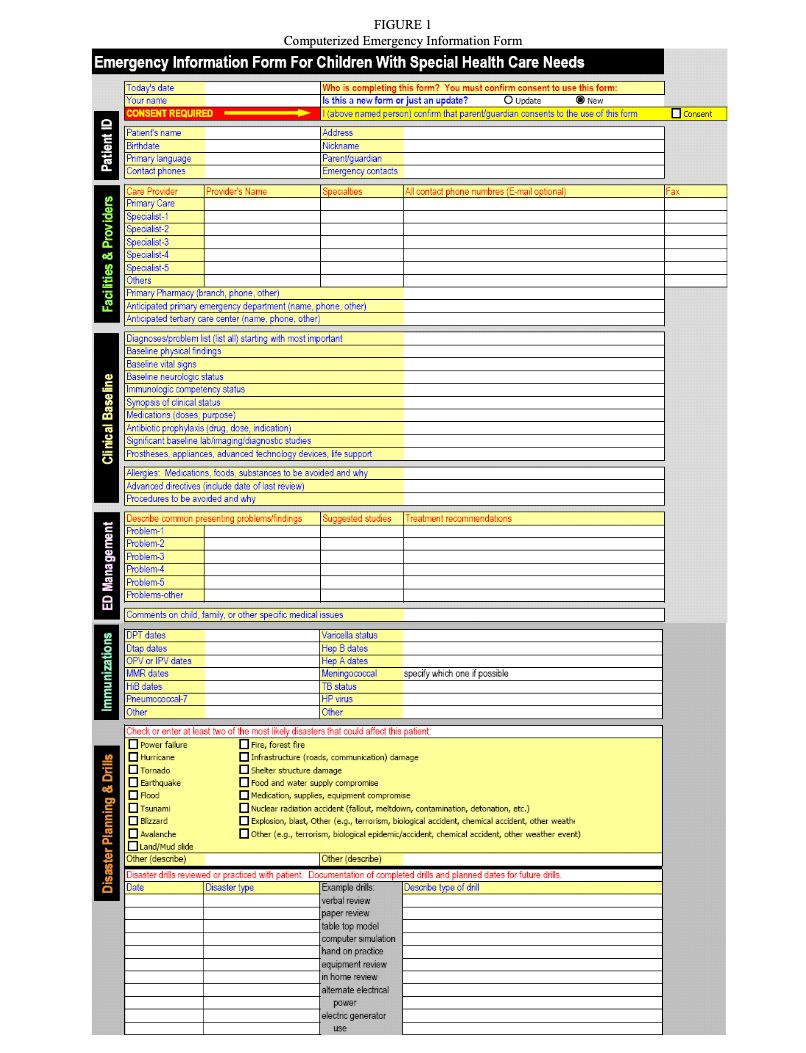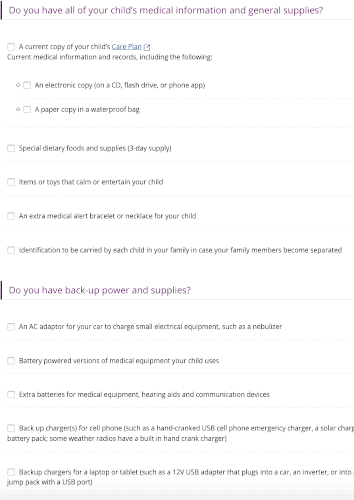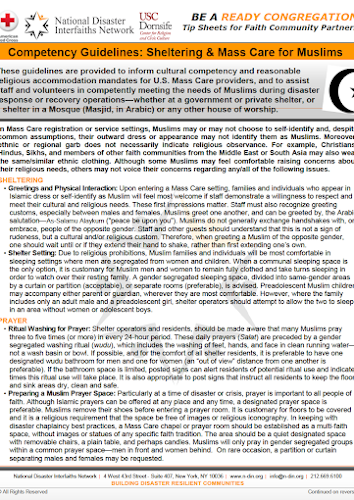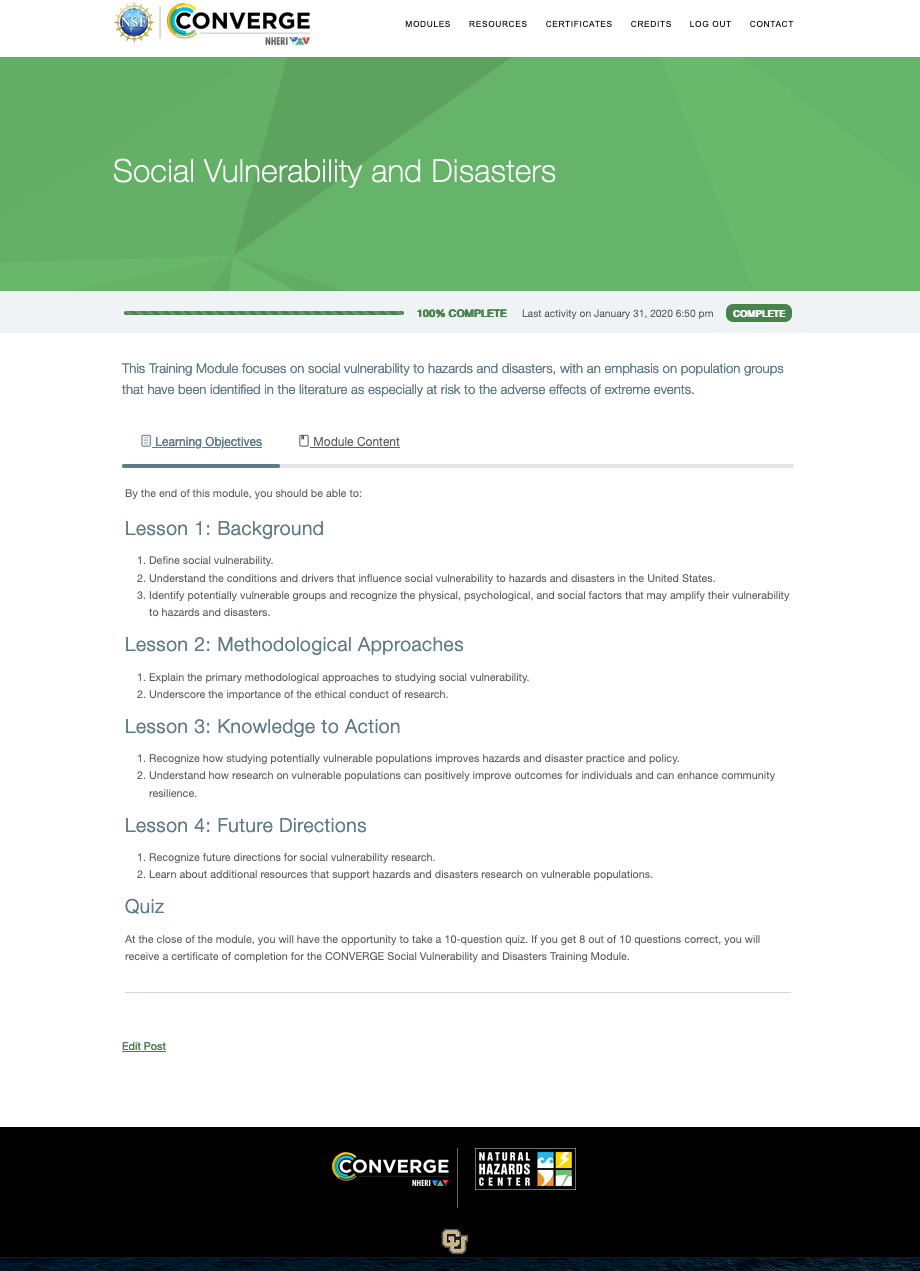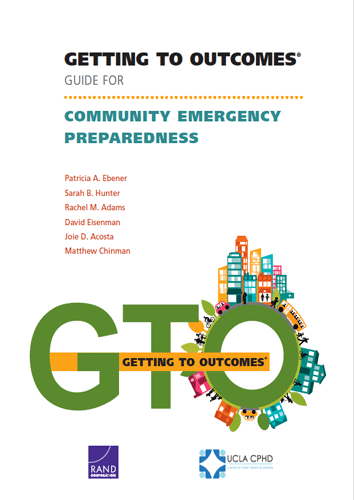Mass Sheltering and Disasters Tool Index
Return to the Special Collection
-
Theme 1: Roles and Responsibilities for Shelter Operations
A guide that provides a basic overview of shelter operations to organizations without previous disaster experience that describes how to open and manage an emergency shelter during a disaster.A supplement for jurisdictional emergency operations plans or mass care annexes that provides guidance and suggested procedures to be considered when developing a sheltering plan. This template places an emphasis on jurisdictional roles in managing and supporting sheltering activities.This document was created to assist local personnel in developing an evacuation and sheltering plan for animals. It contains tools for planning; forms for field rescue and transportation; and guidelines for public communications, among other essential considerations for mass shelters.The Menstrual Hygiene Management (MHM) in Emergencies toolkit provides streamlined guidance to support organizations and agencies seeking to rapidly integrate MHM into existing humanitarian response. This is designed to address the needs of women and girls living in emergency contexts who are directly affected by this issue.This manual describes standard operating procedures for the companion animal section of a shelter allowing people to bring their pets. Information regarding setup and teardown of the shelter; care requirements for cats and dogs; and administrative procedures complement descriptions of Wake County’s Pet PODs system, including necessary supplies and photos of the PODs in action.This form details expectations of companion animal owners in shelter settings, including daily care, veterinary treatment, pet abandonment, and bite policies. The form additionally releases the shelter operator from liability and collects owner contact information.The Animal Information Sheet collects information about companion animals at shelter intake and discharge to ensure pets are identifiable and matched with their owners.This guide provides resources and practices for prevention of, and response to, sexual victimization in times of disaster. Its worksheets highlight considerations and best practices for practitioners before, during, and after disaster. -
Theme 2: Leveraging Community Groups for Coordination of Mass Care
A form that can be used by shelter managers and staff to plan the opening of an emergency shelter.A manual that helps bridge the gap when shelter residents and workers cannot communicate adequately via a common language.The Community Emergency Response Team (CERT) Basic Training manual helps train and organize teams of volunteers to assist their communities during emergencies. The manual focuses on, among other important topics, the provision of mass care and distribution of information is emergency shelters.A toolkit designed to improve the engagement of nongovernmental organizations (NGOs)—specifically, voluntary associations, philanthropic organizations, advocacy groups, community groups, and businesses—in disaster response and recovery. The toolkit provides suggestions on the different goods and services that NGOs can provide to community members who are sheltering during a disaster.An online training module that focuses on culturally competent research and offers guidance on how hazards and disaster researchers can build cultural competence.This guidebook helps librarians to develop a resilience plan for personal and library readiness. -
Theme 3: Mass Care Delivery and Capability Assessments
These cards include questions to assist shelter workers in making assessments of clients’ immediate needs at reception and as needed throughout the shelter setting.This eLearning module discusses why disaster-related public health surveillance is important, reviews the purpose of morbidity and mortality surveillance, and offers tools to assist in conducting both. The goal is to provide an overview of disaster surveillance, so the reader has a baseline understanding of surveillance activities conducted throughout a disaster response.This rapid expert consultation aims to help emergency planners and other decision makers identify strategies for updating evacuation plans, sheltering operations, and risk communication practices to prepare for hazards and disasters that may occur during the COVID-19 pandemic and during future large-scale public health threats.This website provides various forms to capture ad-hoc active surveillance within acute care facilities such as shelters with medical/nursing staff. The Natural Disaster Morbidity Surveillance Tally Sheet is modeled after the American Red Cross Aggregate Morbidity Report Form.
This document outlines a public health surveillance approach that may be used during a disaster response and reviews principles and practices of disaster surveillance. It provides key concepts and challenges to consider when conducting disaster surveillance.This fact sheet reports on the needs of people with serious mental illness (SMI) after disasters and how their needs differ from those of people without SMI. It also discusses the ways disasters disrupt mental health services and how to help those with SMI.Tip sheet for disaster responders that describes the causes and signs of burnout and secondary traumatic stress and provides tips for how to reduce these occurrences.This document provides planning guidance for state emergency managers and shelter planners that can be incorporated into existing shelter plans to meet access and functional needs in general population shelters.A formalized set of policies and guidelines to use in planning for a mass shelter response.An online training module that focuses on mental health outcomes associated with disasters, with a particular emphasis on risk factors over time that make certain populations vulnerable to poor disaster mental health outcomes.A psychological first aid system designed for families and communities to help each other during disasters.A resource providing examples of public messaging to help people safely prepare, evacuate, and shelter for severe storms while protecting themselves and others from COVID-19.A job hazard analysis of shelter operations worksheet to inventory job processes, identify their associated hazards, implement controls, and evaluate level of risk associated with each job.This tool outlines a triage-enhanced children’s disaster mental health incident response strategy for preparedness, response, and recovery operations. It outlines PsySTART, a rapid mental health triage technology used to identify and refer children at general risk for psychopathology.A set of guidelines to consider when selecting trauma screening or assessment tools to implement in a given system.A list of general mental health and child trauma screening tools.A webinar providing guidance on how to navigate the emotional demands of work during a sheltering event.A guide to assist emergency planners in recruiting and developing a disaster response workforce during compounding disasters.This document provides interim guidance to reduce the risk of introducing and transmitting COVID-19 in general population disaster shelters before, during, or after a disaster. -
Theme 4: Mass Sheltering for At-Risk Populations
The ADA Compliance Tip Sheet is a resource that helps shelter managers assess common accessibility barriers and find solutions.This toolkit is for local officials and offers resources to plan and provide reasonable accommodations for all shelter residents, including those with access and functional needs, during disaster incidents.This document provides planning guidance that can be incorporated into existing shelter plans to State emergency managers and shelter planners to meet access and functional needs in general population shelters.An emergency shelter audit tool to assess the needs of vulnerable populations.A guide for mass care workers to identify signals of dementia, depression, and delirium so that they can respond to keep the shelter clients safe.This guide is intended to help close many of the gaps in emergency planning and preparedness for vulnerable older adults. It aims to give essential partners from a range of sectors and at all jurisdictional levels critical information, strategies, and resources they need to improve the planning for and protection of vulnerable community-dwelling older adults.This tool assists shelter workers in inspecting each shelter facility to identify barriers to people with disabilities, including people who use wheelchairs or scooters or who have difficulty walking, people who are deaf or hard-of-hearing, and people who are blind or who have low vision.A toolkit offering communities research-driven resources and guidance to ensure that the needs of individuals experiencing homelessness are included in disaster planning, response, and recovery activities.A guide to meet the needs of people experiencing homelessness during disaster recovery. It provides recommendations for immediate actions and long-term recovery.This U.S. Department of Housing and Urban Development report provides recommendations on how to improve communication between local homeless services providers, disaster preparedness planners, and homeless residents themselves. It draws on the experience of two communities that have experienced frequent hurricanes and served homeless families and individuals during a disaster.This toolkit addresses long-term post-disaster recovery needs for individuals with disabilities or with access and functional needs. It is designed for disaster case managers, volunteers, emergency managers, and others involved in addressing the recovery needs of people with disabilities.This tip sheet provides information on general durable medical equipment (DME) categories and focuses on electricity-dependent DME that may be affected by disasters and emergencies. It also includes information to assist healthcare system preparedness stakeholders plan for medically vulnerable populations who rely on DME.FEMA video about assisting aid applicants with disabilities and others with access and functional needs in American Sign Language.The U.S. Department of Homeland Security’s Civil Rights in Emergencies and Disasters website provides recommendations to state, local, territorial, and tribal emergency managers to improve the delivery of disaster assistance to disaster survivors with disabilities.Guidelines for safe infant feeding practices after a disaster.Comprehensive manual on infant feeding in disasters and emergencies.Collection of articles related to pregnant women’s health in disasters.Patient-specific emergency information form for children with special healthcare needs, offered by the American Academy of Pediatrics and American College of Emergency Physicians.Checklist of items to include in an emergency kit for families with children and youth with special healthcare needs.A field guide companion for emergency managers and their public and behavioral health partners to understand how faith communities and emergency management intersect and to develop religious literacy and competency.Guidelines to inform cultural competency and reasonable religious accommodation mandates for U.S. mass care providers, and to assist shelter staff and volunteers in competently meeting the needs of religious minorities during disaster response or recovery operations.An online training module that focuses on social vulnerability to hazards and disasters, with an emphasis on population groups that have been identified in the literature as especially at risk to the adverse effects of extreme events.Comprehensive guide to implementing evidence-based public health interventions in emergency preparedness.
